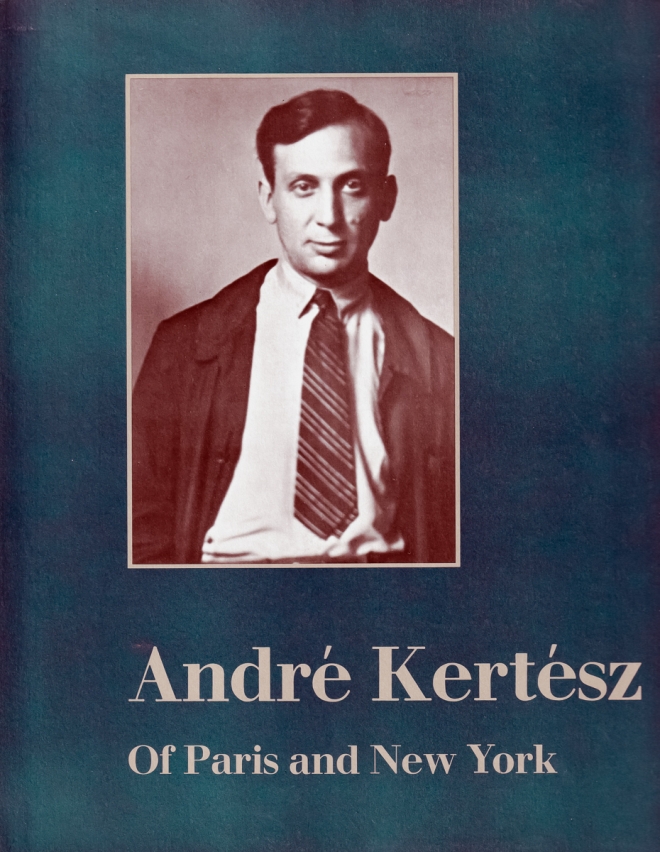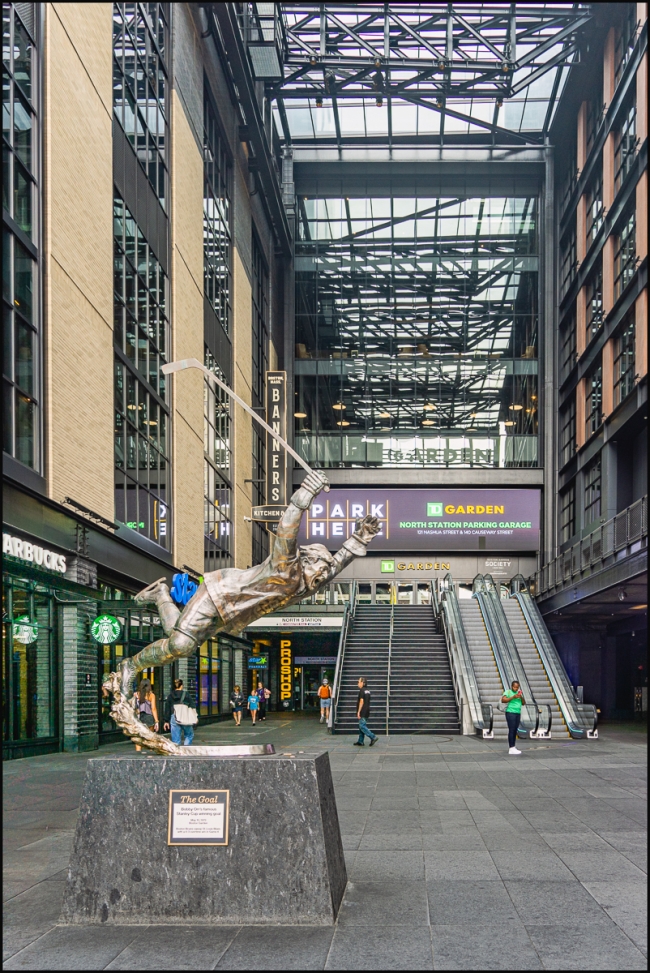“[Dream Street] is Smith’s attempt to record the paradoxes of city life in America—the clutch of industry, the dogged persistence of both community and loneliness, the forces of love, hate, growth and decay. Not even the venerated master of photojournalists could quite pull this off, but Smith’s obsessiveness was harnessed to an enormous talent, and he wasn’t far from the mark when he wrote that [this work] would ‘create history.’” — Vicki Goldberg ― The New York Times, on the original edition
“Inspired by Joyce and Faulkner, Smith envisioned a symphonic, multilayered photo essay portraying the entire city; his failure to complete it haunted him for the rest of his life. Here are more than a hundred and fifty of his nourish and oddly poignant images: gleaming railyards at night; buildings wrapped in clouds of industrial smoke; the face of a steelworker, the Bessemer fires reflected in his safety goggles.” ― New Yorker, on the original edition
“These images are about the life that never gets into headlines. When a young teenage girl waits alone by a gleaming black car, she embodies innocence . . . and loss. When men of all ages from sixteen to sixty stand in silhouette along the lit-up counter of a takeout stand, you see a story of age, and ambition denied, a side of the 1950’s that rarely shows up on nostalgia channels. . . . Smith’s Pittsburgh photographs show how much we still resemble those citizens in the summer of 1955. And in his majestic inability to admit defeat we can see how dangerous that confidence could be to a man who saw its limits, and refused to give in.” — Mary Panzer ― Chicago Tribune, on the original edition
“Smith imagined a visual collage to rival Finnegan’s Wake in scope and intensity. His astonishing ambition was . . . his Faustian pact with the city . . . . There are no touching displays of picturesque individuality, just a city aesthetically dissected; an effort to ‘get to the guts of the matter and show the bastards as they are.’” ― TIME OUT London, on the original edition
“Smith’s presence haunts this book, even a quarter century after his death.” ― Washington City Paper, on the original edition
“Every picture tells a story—but put them all together and you might get Finnegans Wake. In the grand canyons of Pittsburgh, monolithic steel mills overshadow humble spires; hillsides scored with 500-step staircases plunge down to inky pitmouths. By day, the steelworkers hover like ghosts, silhouetted in the furnace flames. By night, the moon shines down Stygian rivers, as the shining railroad snakes away into blackest suburbs. More Dante than Joyce, this is a magnificent vision of light and dark.” ― Evening Standard, on the original edition
“Dream Street is a diffuse portrait of a community that still led the world in steel production while grappling with the challenge of making the air breathable. It’s also a time machine that takes those who weren’t alive or around during those years to the moment the soul of modern Pittsburgh was forged. Much like its creator, [Dream Street] is without sentiment. It is clear-eyed, despite the smoke of the coke works, and devoid of pretense. It is full of revelation and surprises. It inspires in a way that only great art—and great themes—are capable of inspiring.” ― Pittsburgh Post-Gazette, on the original edition
“These dark-toned photographs are dense with meaning. And in [Dream Street] they are given the space to do it. Smith’s best pictures are complete, complicated worlds. The bigness, in every sense, of Smith’s pictures was also the bigness of Pittsburgh.” — Sarah Boxer ― The New York Times, on the original edition
“The range of this project lies not only in its subjects and themes, but also its pictorial and compositional variety, and its strategies and ploys. In other words, Smith used every device and trick he knew, and he knew a lot. The Pittsburgh project found Smith at the height of his abilities, which he brought to bear with vast ambition. Aiming to capture such a cross-section of society, neighborhoods, cityscapes, moods, and feelings, it remains unrivaled in this breadth and depth of its scope. Fifty years later, it jumps out at us, and the nostalgia suffusing [the book] is not just for the past depicted and our assumptions about it . . . but also for a time when a photographer could be so engaged with the real world, and yet so introspective about Americanness, and so secure in the belief that images would elevate the viewer. What Smith accomplished here is shaped not only by his personal ambition, but also by photographers’ ambitions for photography, and Americans’ ambitions for America.” ― Photo Review, on the original edition
“This epic portrait of Pittsburgh has become legendary in the history of photography. . . . Viewed together in this compelling, commanding publication, Smith’s photographs present energetic images of hope and despair, rebuilding and decay, poverty and affluence, and solitude and togetherness. . . . These images of mid-century, post-war Pittsburgh powerfully resonate with America today.” ― B&W: Black & White Magazine for Collectors of Fine Photography, on the original edition
“Dream Street stands as a final reminder of the power of Smith’s poetic vision.” ― The Cleveland Plain Dealer, on the original edition
“The Pittsburgh photographs were Smith’s after-LIFE magnum opus, and with them he produced a darkly urban vision, less out of a magazine than out of film noir . . . the paradoxes of a city churning toward progress and leaving vast segments of its population in squalor [are] metaphors for Smith’s state of mind. . . . What Smith was after was not a series of punchy vignettes but a sprawling epic in the manner of his favorite music: Beethoven’s late string quartets and the rhapsodic improvisations of John Coltrane.” ― Los Angeles Times, on the original edition
“Dream Street allows us to assess Smith’s greatest achievement; an extensive, complex, and utterly engaging photo-essay, each element of which has genuine bite. From the skyline to the assembly line, steel workers to city council members, and men on the picket line to children at play, Smith captures the ambitions and inequities of an American city at mid-century with extraordinary deftness and wit.” — Vincent Aletti ― The Village Voice, on the original edition
“For Smith, Dream Street was an artistic obsession. For Stephenson it appears to have been a labor of love. Perhaps much the same thing. Every reader will have his or her own favorite images in Dream Street.” — Michael Patrick Pearson ― NYJB
About the Author
W. Eugene Smith (1918–78) was an American photographer who worked for Life from 1939 to 1954 and thereafter was affiliated with the Magnum photo agency. Several posthumous overviews of Smith’s work have been published, including The Big Book, a retrospective of his work as he designed it, and a biography, Let Truth Be the Prejudice: W. Eugene Smith, His Life and Photographs, by Ben Maddow.
Sam Stephenson is a writer from North Carolina now based in College Station, TX. He is the author of a biography of Smith, Gene Smith’s Sink, as well as Dream Street: W. Eugene Smith’s Pittsburgh Project and The Jazz Loft Project: The Photographs and Tapes of W. Eugene Smith from 821 Sixth Avenue. He is also the ghost writer of Don’t Tell Anybody the Secrets I Told You, a memoir by Lucinda Williams. In 2019, he won a Guggenheim Fellowship for his work in progress about the band Jane’s Addiction.
Alan Trachtenberg was professor of American studies and English at Yale University.
I’ve always had mixed feelings about W. Eugene Smith. I love many of his pictures (e.g. The Minamata pictures are superb, if harrowing), but some of his photo essays (e.g. “Country Doctor“, 1948) leave me cold.
In reading more about Smith I was surprised to discover that one of his most famous photographs: “The Walk to Paradise Garden” (see below) was taken at his house in Croton-on-Hudson, about five miles from where I live.
I acquired this second-hand in very good condition and it’s certainly worth what I paid for it.









